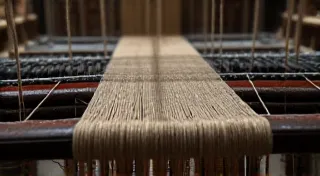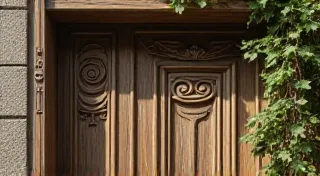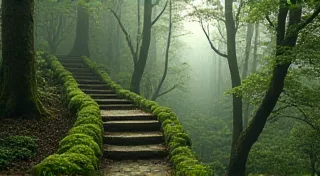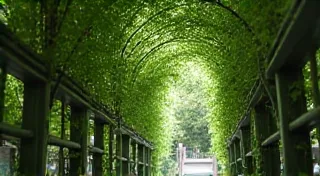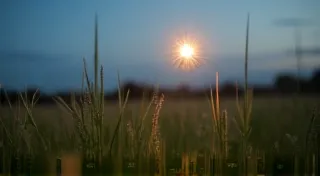Fractured Reflections: Dialectal Variations Within a Single Community
Imagine a weathered, antique accordion. Not a pristine, showroom piece, but one that’s lived a life – played in smoky dance halls, carried across borders, its bellows sighing with the weight of untold stories. The intricate carvings, the worn keys, the subtle shifts in tone reflecting years of use; each detail whispers of its history. Now, consider language in a similar light. We often think of dialects as defining broad geographical regions – a Southern drawl, a Boston accent. But what happens when you delve deeper, when you look not at states or counties, but at the tiny pockets of humanity that cluster within a single town, a single neighborhood, even a single street?
It’s a truth often overlooked: language isn't a monolithic entity, even within incredibly small areas. The echoes of past migrations, the subtle influence of local industries, the power of social stratification – they all leave their mark on the way people speak. These aren’t just about different words for things; they’ve often shaped the very structure of sentences, the cadence of conversation, and the emotional weight carried by particular phrases. The vibrancy and impact of these localized variations can be surprisingly humorous, which is why explorations of how dialect and humor intertwine, like in “The Cartography of Humor: Finding the Funny in Regional Dialects”, are so important.
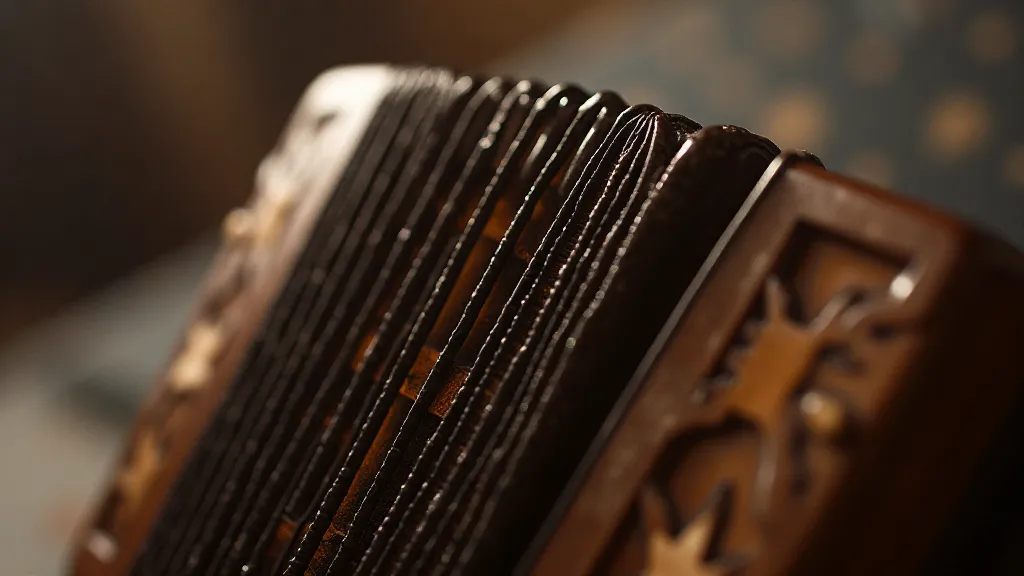
The Ghosts of Immigrant Echoes
My own grandmother, born and raised in a small Appalachian mining town, carried a lexicon all its own. It wasn’t purely Appalachian, though; it was a composite of languages layered upon one another like geological strata. The original settlers, primarily Scotch-Irish and English, laid the foundation. Then came the influx of Italian immigrants drawn to the mines, and their influence subtly warped the existing dialect. Words like “pesta” (pest) and phrases referencing specific pasta dishes became commonplace, blended seamlessly into conversations about coal seams and weather patterns. My grandmother would refer to a small, informal gathering as a “festa,” a word that, to outsiders, seemed out of place, but held a deep, familial significance. It wasn’t just a word; it was a living testament to her ancestors’ journey, a tangible connection to a culture almost lost.
This phenomenon isn't unique to Appalachia. Consider the German communities scattered across the Midwest, where traces of their ancestral tongue persist not just in vocabulary, but in grammatical structures and sentence rhythms. Or look at the Creole languages that have sprung up in port cities, born from the collision of languages brought by sailors and traders from distant shores. The ways in which people’s speech patterns shift and evolve, often due to the influences of migration, is a fascinating study, and a topic explored in more detail in “Borrowed Light: The Influence of Migration on Regional Speech Patterns”. These linguistic fingerprints are powerful reminders of the human drama – the migrations, the struggles, the intermingling of cultures that have shaped our world.
The Power of Social Boundaries
But dialectal variations aren’s always about historical migration. Sometimes, they’re a product of social divisions. Within a single town, different neighborhoods can develop their own distinct ways of speaking. This isn’t necessarily a conscious effort to differentiate; it’s a byproduct of social networks, shared experiences, and the subtle pressures of belonging. Think of it as linguistic segregation, born not from legal barriers, but from the invisible walls of class, ethnicity, and shared identity.
I remember visiting a friend’s home in a prosperous, historically Black neighborhood within a larger, racially diverse city. Their speech, while undeniably rooted in African American Vernacular English, also incorporated elements of a more "standard" dialect—a conscious effort, I later learned, to navigate predominantly white institutions like schools and workplaces. It wasn’t about denying their cultural heritage; it was about survival, about gaining access to opportunities that were often denied to those who spoke with a more pronounced dialect. It was a delicate dance of code-switching, a constant negotiation between identity and assimilation.
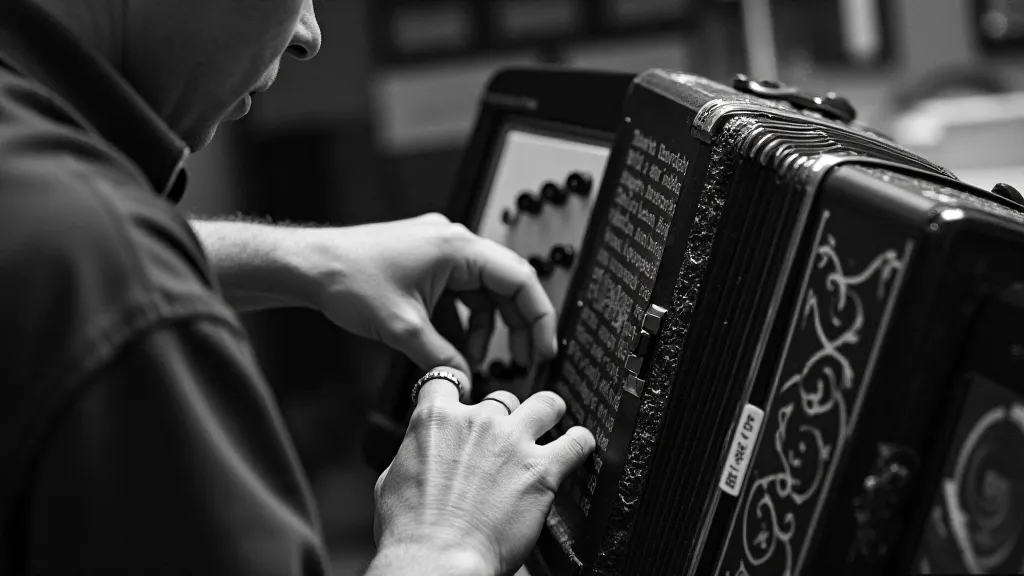
The Art of Restoration and Appreciation
Just as an accordion requires careful restoration to reveal its original beauty and functionality, understanding these localized dialects demands a similar level of sensitivity and appreciation. We need to move beyond simplistic labels and generalizations, and instead, listen closely to the nuances of language as it is actually spoken. We need to understand that a particular phrase isn’s just “incorrect” grammar; it’s a reflection of a unique history, a testament to a particular community’s resilience and creativity.
Think about the craftsman who restores antique accordions. He doesn’t try to erase the instrument's history; he seeks to preserve it, to reveal the beauty that lies beneath the wear and tear. He understands that the scratches and dents are part of the story, that they bear witness to the instrument's journey through time. Similarly, when we approach dialects, we need to embrace the imperfections, the idiosyncrasies, the unexpected turns of phrase. We need to appreciate the artistry that lies in the ability to create meaning through language, even when that language deviates from the "norm." The way young people, in particular, actively reshape dialectal norms through slang and innovative expression is a constantly evolving landscape, like the exploration in How Waterways Shape Linguistic Convergence and Divergence.
Collecting Linguistic Fragments
For those interested in exploring these linguistic variations, the process can be surprisingly rewarding. Start by listening—really listening—to the people around you. Ask questions, not to challenge, but to understand. Record conversations (with permission, of course). Read local histories and oral traditions. Pay attention to the seemingly insignificant details—the way someone pronounces a particular word, the slang they use, the grammatical structures they employ. These fragments of language are like pieces of a puzzle, and as you collect them, you begin to see a picture emerge—a picture of a community’s identity, its history, its soul.
The work of a linguist, especially a historical or dialectologist, is painstaking. It involves not only careful observation but also deep archival research—poring over old census records, examining early newspapers, and interviewing long-time residents. But the reward is immense: the opportunity to uncover hidden stories, to illuminate forgotten histories, and to deepen our understanding of the human experience. The rich, evocative language often found in poetry can be powerfully informed by local dialects and their unique rhythms, a connection examined in “The Cartographer's Tongue: Mapping the Unseen Boundaries of Local Language”.
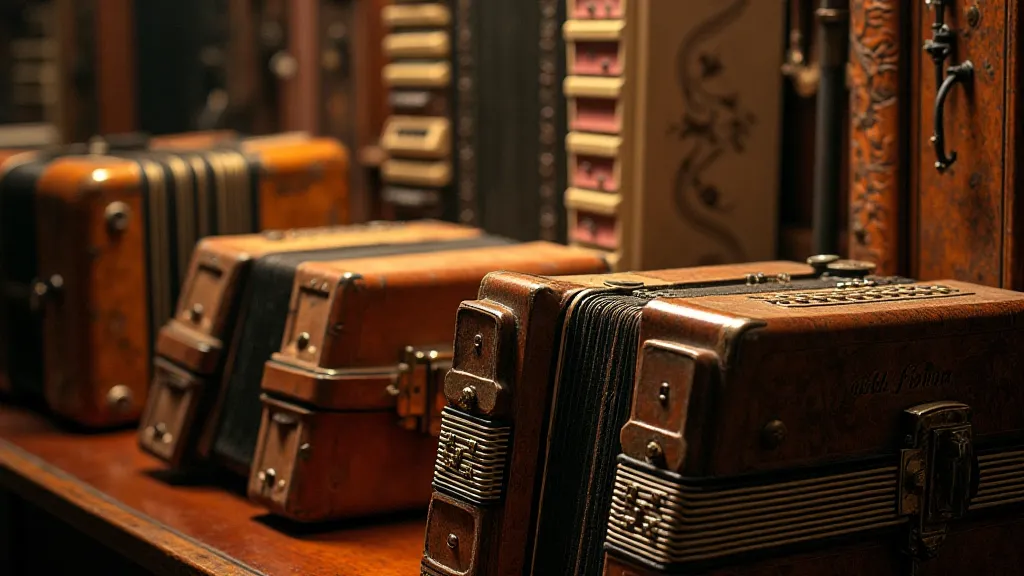
The Fragility of Language
It's important to recognize that these localized dialects are fragile. They are constantly under pressure from globalization, standardization, and the homogenizing forces of mass media. Each generation’s speech is subtly altered by exposure to outside influences, and some dialects are disappearing altogether, taking with them a wealth of cultural knowledge and a unique perspective on the world.
Just as we strive to preserve historical artifacts and cultural traditions, we must also work to protect and celebrate these localized dialects. We need to create conditions where linguistic diversity can flourish. The forces reshaping the way we speak can be complex, as demonstrated in How Waterways Shape Linguistic Convergence and Divergence. We can support efforts to document and preserve these invaluable cultural assets.
The legacy of those antique accordions, and the voices they embody, reminds us of the enduring power of language to shape our identities, connect us to our past, and inspire us to build a more inclusive future.
